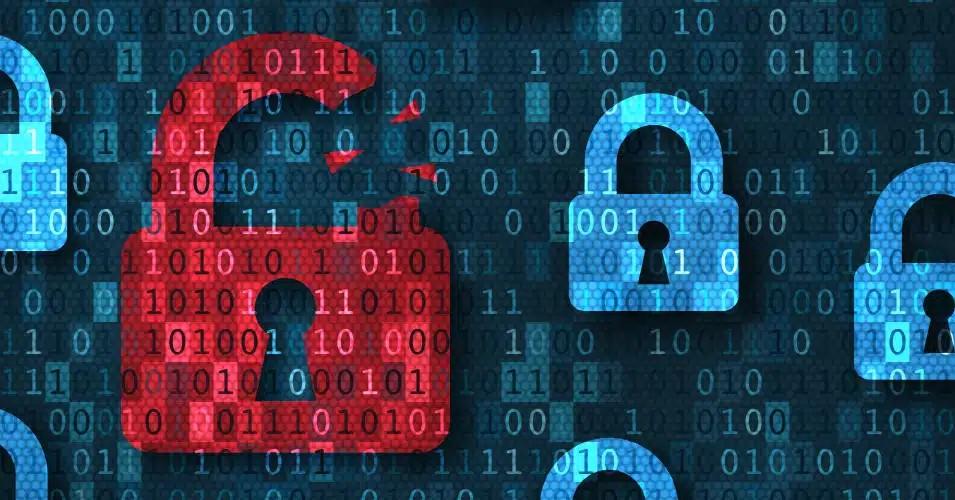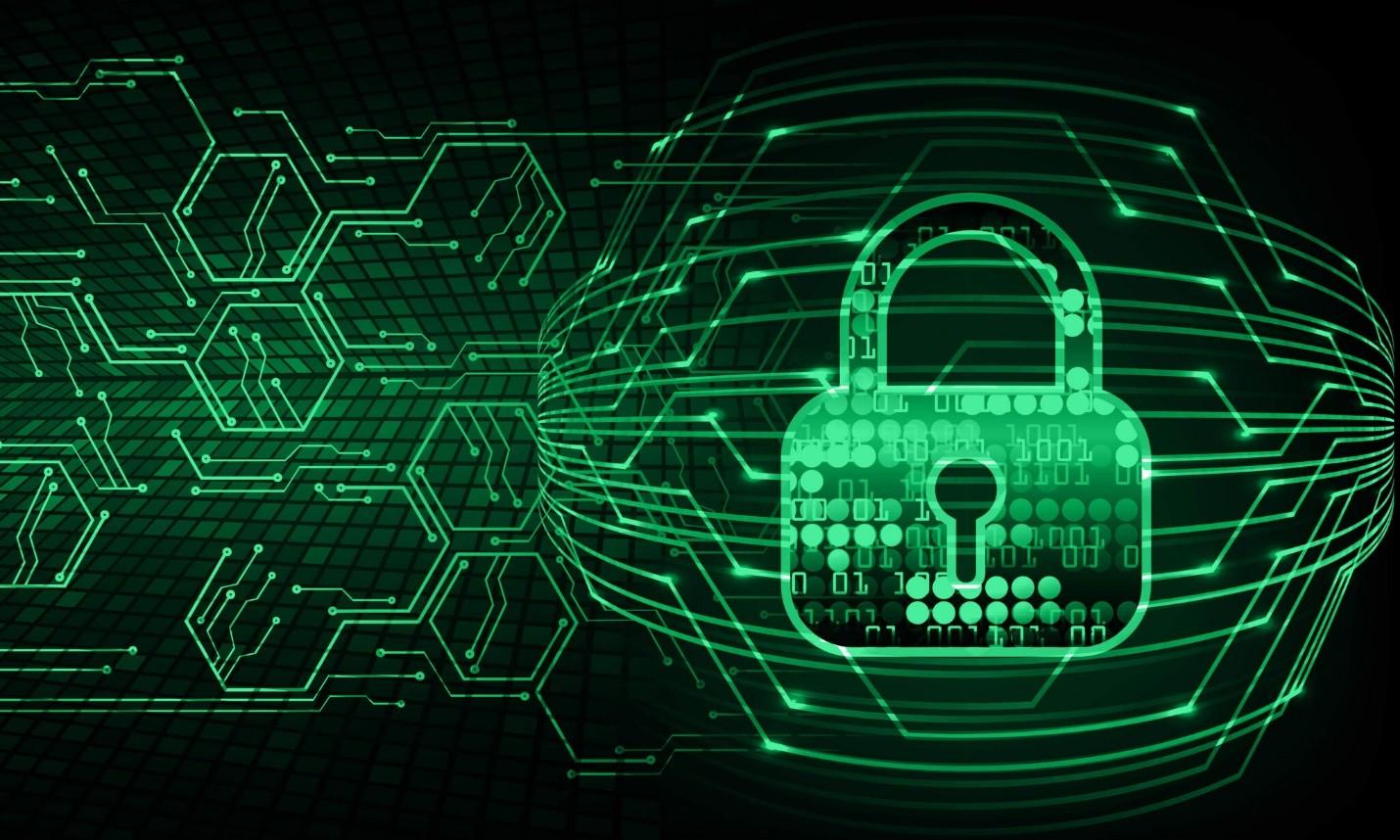The Importance of Cybersecurity in Online Banking
In the era of digital transformation, online banking has become a cornerstone of financial management. As per a recent survey, 73% of consumers use online banking at least once a month, and 63% use mobile banking. However, this increasing reliance on online banking services has also led to a corresponding rise in cyber threats. At 63 SATS, we understand the critical importance of cybersecurity in safeguarding sensitive financial information and maintaining trust in online banking systems.
Understanding Cybersecurity in the Context of Online Banking

• Cybersecurity, particularly in the realm of online banking, is a critical aspect of our digital lives. It’s the shield that protects our financial transactions from the looming threat of cybercriminals. In the context of online banking, cybersecurity is about ensuring the confidentiality, integrity, and availability of our financial data.
• A recent report revealed that 1 in 3 people have been victims of cybercrimes in online banking fraud being one of the most common types. This highlights the unique security challenges faced by banks and financial institutions operating in the digital space. They are tasked with the responsibility of safeguarding not just money, but also the sensitive data of millions of customers.
• For instance, in 2020, there was a 238% surge in cyberattacks on banks. This included sophisticated attacks aimed at exploiting vulnerabilities in the online banking systems. In another case, a major bank faced a data breach that exposed the personal information of over 100,000 customers. These incidents underscore the importance of robust cybersecurity measures in online banking.
• In essence, cybersecurity in online banking is about creating a secure digital environment where customers can conduct their financial transactions with peace of mind. It’s about building digital fortresses to keep the cyber threats at bay, and ensuring that our hard-earned money is safe and secure.
Risks and Threats in Online Banking
Online banking is susceptible to various cyber threats. Phishing attacks targeting bank customers have increased by 30% in the last year. Malware designed to steal login credentials or financial data is another significant threat, with a 20% increase in such attacks. Data breaches compromising sensitive customer information have also been on the rise, with a 15% increase in reported incidents. Man-in-the-middle attacks, which intercept online transactions, pose another risk.
Consequences of Cybersecurity Breaches

Cybersecurity breaches in online banking can have far-reaching consequences. Financial losses are the most immediate impact, with the average cost of a data breach in the banking sector estimated at $5.86 million. Reputational damage is another significant consequence, leading to a loss of customer trust and potential legal liabilities. The broader economy is also affected, with cybersecurity breaches costing the global economy over $1 trillion in 2020.

Key Components of Cybersecurity in Online Banking
Effective cybersecurity in online banking involves several key components. Secure authentication methods such as biometrics, tokens, and multi-factor authentication (MFA) are crucial. Encryption protocols protect data in transit and at rest, while Intrusion Detection and Prevention Systems (IDPS) detect and mitigate cyber threats. Regular security audits and vulnerability assessments are also essential to maintain a robust security posture.
• Building Trust and Confidence
Building trust and confidence among bank customers is a critical aspect of cybersecurity. Transparent communication about security measures, customer education about potential threats, and proactive security initiatives all play a role in fostering trust. Here at 63 SATS, we believe that a secure banking environment is the prime foundation of customer trust.
Investment in Cybersecurity

Continued investment in cybersecurity infrastructure, technologies, and human resources is essential for banks and financial institutions. The ROI of cybersecurity investments is evident in terms of risk mitigation, fraud prevention, and customer retention. A study found that companies that invest in cybersecurity realize a cost savings of $1.4 million per breach.
Customer Education and Awareness
Educating bank customers about cybersecurity risks and best practices for secure online banking is a key aspect of cybersecurity. Customers should be aware of how to protect themselves from cyber threats, such as avoiding phishing scams and using secure passwords. At 63 SATS, we provide resources and tips to help our customers stay safe online.
Conclusion
In conclusion, cybersecurity is not just a necessity but a commitment to maintaining the integrity, confidentiality, and availability of online banking services. It’s about creating a secure digital banking ecosystem that instills trust and confidence.
63 SATS, as a front-runner in cybersecurity fully understands this need and is dedicated to providing a secure and reliable online banking experience. Partnering with us means investing in a secure future for your financial transactions. Join forces with us in our mission to safeguard the digital banking landscape. Visit the 63 SATS website for more details on our products and services. Stay secure with the promise of 63 SATS.
Image source:
• https://www.crif.in/
• https://www.tierpoint.com/
• https://go.tiffin.edu/
Thank You




